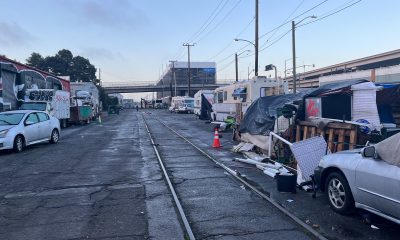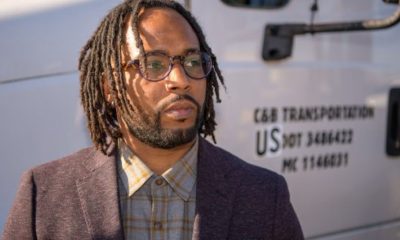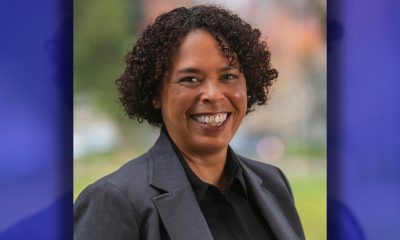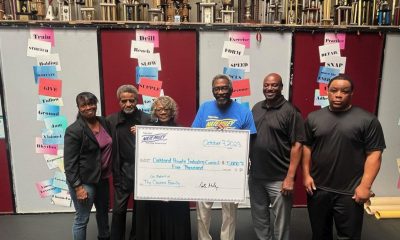Bay Area
Opinion: Coronavirus Makes it More Clear Than Ever: Health Care is a Human Right
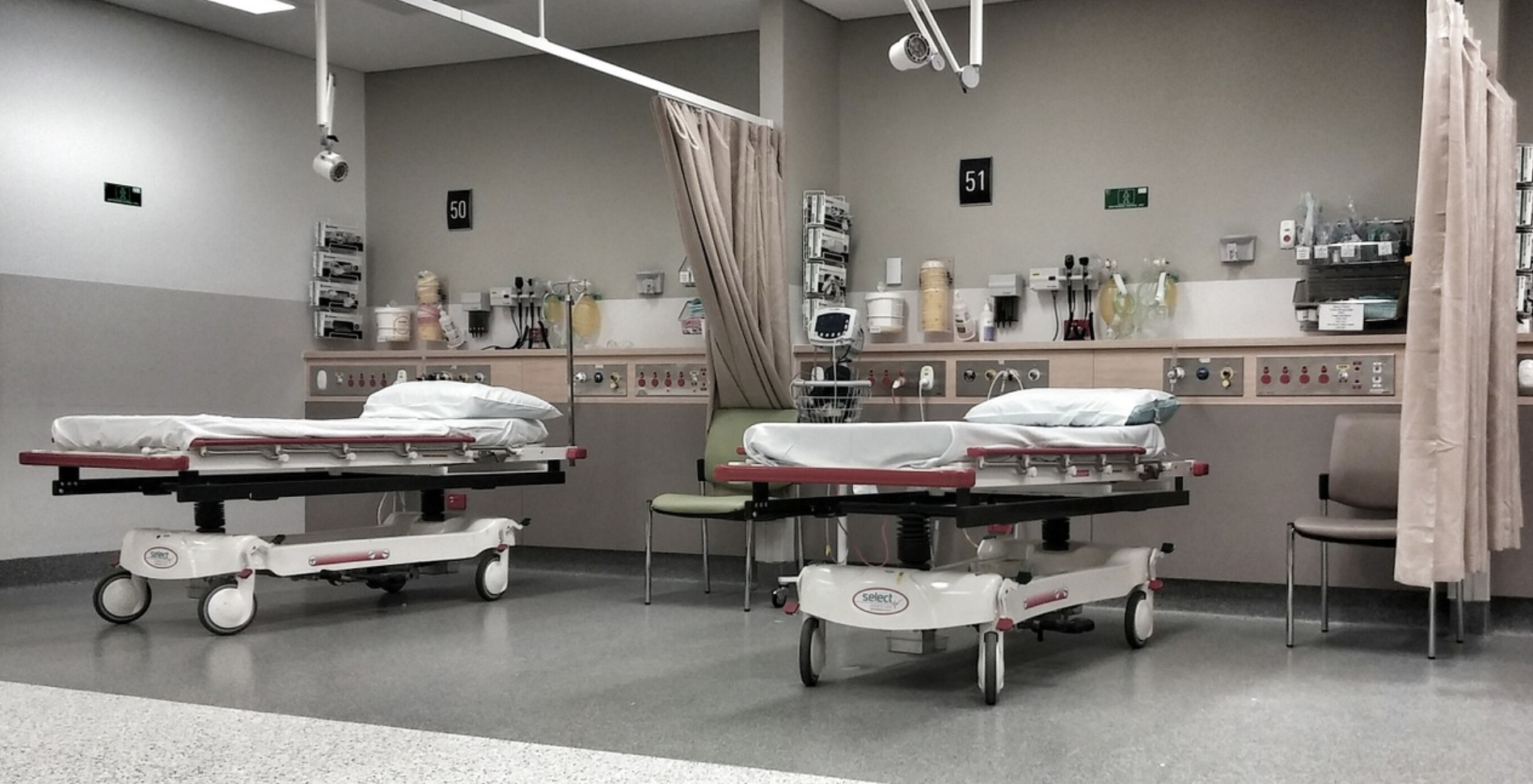
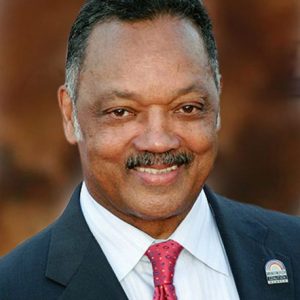 Who is going to pay for this?
Who is going to pay for this?
For months that question was used as a weapon against supporters of Medicare for All. Now, it is on everyone’s mind as they worry about the costs of the testing and treatment for the coronavirus. The virus is highly contagious. We need everyone with symptoms to get tested and all with the virus to get treatment. If anyone hesitates because they fear they can’t afford the cost, they put the rest of us at risk.
No one should be worried about the costs of treatment.
Those costs, however, are going to be staggering, particularly if the fears of the administration’s leading expert, Dr. Anthony Fauci, are realized and a million or more may become infected with the disease. Hospitalization and treatment will cost hundreds of billions. The average cost of hospitalization for pneumonia patients is about $20,000, but many coronavirus patients tend to need to stay on ventilators longer and fight off more complications than pneumonia patients.
Across the country, Americans are terrified at the potential costs if they get sick. Twenty-seven million Americans have no health insurance at all. Four in 10 working Americans have a high-deductible plan that forces them to pay thousands of dollars out of pocket before they get benefit from the premiums taken out of their paychecks each week.
A 2009 Harvard Medical School study estimated that every year an estimated 45,000 people in the U.S. die because of lack of health care coverage. Many suffer because they put off necessary treatment because they can’t afford it. Now, as Rep. Ro Khanna, D-Cal., put it, “The reality is, there are a lot of people that are thinking, ‘I don’t want a couple thousand-dollar bill to get tested or get treated.”
The rescue bill just passed by Congress covers the costs of testing. Trump promised that any cost of treatment also would be covered, but the insurance lobby immediately corrected him. Since then, under immense pressure, Cigna and Humana have joined CVS Aetna insurance in agreeing to waive patient cost-sharing on treatment for those insured.
Hopefully, this will reassure people enough that they won’t avoid getting tested and treated, posing the threat to all. But this won’t be charity. Some health-care analysts think the insurance industry could benefit from the pandemic because people generally are putting off visits to doctors and hospitals as much as possible.
In any case, insurers admit that if the costs soar they will factor it into the cost of plans next year. As Peter Lee, the head of Covered California, an independent state agency, noted, insurers are likely to seek rates next year that are double their additional costs from the virus. If costs go up 20 percent, rates could jump as much as 40 percent. That could mean, Lee warned, “many of the 170 million Americans in the commercial market may lose their coverage and go without needed care.”
The insurers will sustain their profits; it’s the patients who will suffer.
The government is investing billions of dollars to develop a vaccine for the virus, and to develop other drugs that can help treat it. Yet, because the government turns over any drug developed to the private pharmaceutical companies, Health Secretary Alex Azar — a former lobbyist for the drug companies — said he couldn’t guarantee that the treatments would be affordable. Already, as the Intercept reported, bankers are goading drug companies to prepare to raise prices to benefit from the expected demand.
The U.S. spends about twice as much per capita for its patchwork health-care system than most industrialized countries. Why were we caught with such shortages of masks, ventilators or hospital beds?
A central reason is that about $500 billion of what we spend on health care each year doesn’t go to health care. It is wasted on costly bureaucracies needed to bill the maze of private insurers or track down patients for their co-pays. It goes to hundreds of billions in profits for insurance companies and drug companies. It goes to excessive CEO salaries rising to $80 million or so a year.
In the end, the federal government will and should step up to cover the costs of all testing and treatment for the pandemic. It will have to reimburse states to cover soaring Medicaid and hospital costs. It will pay for developing the necessary drugs. It will pay for the costs of covering seniors under Medicare. It will pay for the costs incurred by those without insurance or with employer-based insurance. Yet, in part because of this, the insurance companies and drug companies will keep racking up record profits.
At this point, the overriding imperative is that every person in the U.S. understand that they should get the testing and treatment they need. All should be reassured that their costs will be covered. Congress went part of the way with the last rescue package. It should finish the job, preferably by having Medicare pay for all the costs directly.
But we shouldn’t be satisfied with single-payer coverage just during a massive pandemic. This crisis exposes dramatically the foolishness of pretending that health care is a private marketplace. Health care is a human right. This pandemic gives ample evidence of why we need to move to a Medicare for All system where high-quality health care is guaranteed to all.
Activism
S.F. Black Leaders Rally to Protest, Discuss ‘Epidemic’ of Racial Slurs Against Black Students in SF Public School System
Parents at the meeting spoke of their children as no longer feeling safe in school because of bullying and discrimination. Parents also said that reported incidents such as racial slurs and intimidation are not dealt with to their satisfaction and feel ignored.

By Carla Thomas
San Francisco’s Third Baptist Church hosted a rally and meeting Sunday to discuss hatred toward African American students of the San Francisco Unified School District (SFUSD).
Rev. Amos C. Brown, president of the San Francisco NAACP and pastor of Third Baptist Church, along with leadership from local civil rights groups, the city’s faith-based community and Black community leadership convened at the church.
“There has been an epidemic of racial slurs and mistreatment of Black children in our public schools in the city,” said Brown. “This will not be tolerated.”
According to civil rights advocate Mattie Scott, students from elementary to high school have reported an extraordinary amount of racial slurs directed at them.
“There is a surge of overt racism in the schools, and our children should not be subjected to this,” said Scott. “Students are in school to learn, develop, and grow, not be hated on,” said Scott. “The parents of the children feel they have not received the support necessary to protect their children.”
Attendees were briefed last Friday in a meeting with SFUSD Superintendent Dr. Matt Wayne.
SFUSD states that their policies protect children and they are not at liberty to publicly discuss the issues to protect the children’s privacy.
Parents at the meeting spoke of their children as no longer feeling safe in school because of bullying and discrimination. Parents also said that reported incidents such as racial slurs and intimidation are not dealt with to their satisfaction and feel ignored.
Some parents said they have removed their students from school while other parents and community leaders called on the removal of the SFUSD superintendent, the firing of certain school principals and the need for more supportive school board members.
Community advocates discussed boycotting the schools and creating Freedom Schools led by Black leaders and educators, reassuring parents that their child’s wellbeing and education are the highest priority and youth are not to be disrupted by racism or policies that don’t support them.
Virginia Marshall, chair of the San Francisco NAACP’s education committee, offered encouragement to the parents and students in attendance while also announcing an upcoming May 14 school board meeting to demand accountability over their mistreatment.
“I’m urging anyone that cares about our students to pack the May 14 school board meeting,” said Marshall.
This resource was supported in whole or in part by funding provided by the State of California, administered by the California State Library via California Black Media as part of the Stop the Hate Program. The program is supported by partnership with California Department of Social Services and the California Commission on Asian and Pacific Islander American Affairs as part of the Stop the Hate program. To report a hate incident or hate crime and get support, go to CA vs Hate.
Bay Area
Mayor London Breed: State Awards San Francisco Over $37M for Affordable Housing
On April 30, Mayor London N. Breed announced San Francisco has been awarded more than $37.9 million in funding from the California Department of Housing and Community Development (HCD) as part of the State’s Multifamily Housing Program (MHP). The HCD loan will provide the final funding necessary for development of Casa Adelante – 1515 South Van Ness, a 168-unit affordable housing project located in San Francisco’s Mission District.

By Oakland Post Staff
On April 30, Mayor London N. Breed announced San Francisco has been awarded more than $37.9 million in funding from the California Department of Housing and Community Development (HCD) as part of the State’s Multifamily Housing Program (MHP).
The HCD loan will provide the final funding necessary for development of Casa Adelante – 1515 South Van Ness, a 168-unit affordable housing project located in San Francisco’s Mission District.
The new development at 1515 South Van Ness Ave. will provide 168 affordable homes to low-income families, formerly homeless families, and persons living with HIV earning between 25-80% of the San Francisco Area Median Income (AMI).
In addition, the project is anticipated to provide family-friendly amenities and ground floor community-serving commercial spaces that preserve the prevailing neighborhood character of the Calle 24 Latino Cultural District.
“This funding unlocks our ability to move on building affordable housing units for families in San Francisco at a crucial time. We understand the level of need for more housing that is accessible, and like the state, the city continues to face a challenging budget cycle,” said Breed. “1515 South Van Ness is a good example of what can be achieved in San Francisco when you have strong community partnerships and an unwavering commitment to deliver on critical needs for our residents.”
“From the beginning of my term as Supervisor, I have fought to bring affordable housing to 1515 South Van Ness” said Supervisor Hillary Ronen. “In the interim, the site has been utilized for homeless services and shelter, and I am thrilled that HCD has recognized the value of this development, and we are finally ready to break ground and bring 168 affordable homes to low income and formerly homeless families in the Mission.”
Owned and occupied by McMillan Electric Company until 2015, the City and County of San Francisco purchased 1515 South Van Ness Avenue in June 2019 with the intent of developing new affordable housing.
In November 2020, the San Francisco Mayor’s Office of Housing and Community Development (MOHCD) released a Multi-site Request for Qualifications (RFQ) seeking qualified developers to build affordable housing on the site, and subsequently selected Chinatown Community Development Corporation (CCDC) and Mission Economic Development Agency (MEDA) in May 2021 to develop the site.
The project is expected to begin construction in winter 2025.
“A strong, long-term push by Mission advocates to make this site 100% affordable is now paying off, with 168 family units that include services and childcare. People of color communities know what they need, and we are excited to be in partnership with a team, consisting of MEDA, CCDC, and MOHCD, that listens,” said Malcolm Yeung, Executive Director at CCDC.
“We are excited to be in partnership with CCDC, yet again, and for the opportunity to develop intergenerational affordable housing in the City’s Mission District,” said Luis Granados, executive director at MEDA.
Increasing housing affordable to lower-income and vulnerable residents is a key priority in the City’s Housing Element which calls for additional funding for affordable housing production and preservation, as well as Mayor Breed’s Housing for All Executive Directive that sets out the steps the City will take to meet the bold goal of allowing for 82,000 new homes to be built over the next eight years.
Tuesday’s funding announcement emphasizes the importance of regional and state collaboration in order to reach our housing and climate goals.
“We are thrilled—not just to bring a project of this size to a community with great need — but to do so with community-based developers and their partners who understand the neighborhood and sensitivities around cultural preservation,” said HCD Director Gustavo Velasquez.
Bay Area
East Bay Regional Park District Issues Rattlesnake Advisory
The East Bay Regional Park District released an advisory today on rattlesnakes, which emerge from winter hibernation in early spring and become more active. Warm weather can bring more potential for rattlesnake encounters with humans and dogs, particularly along trails and roads.
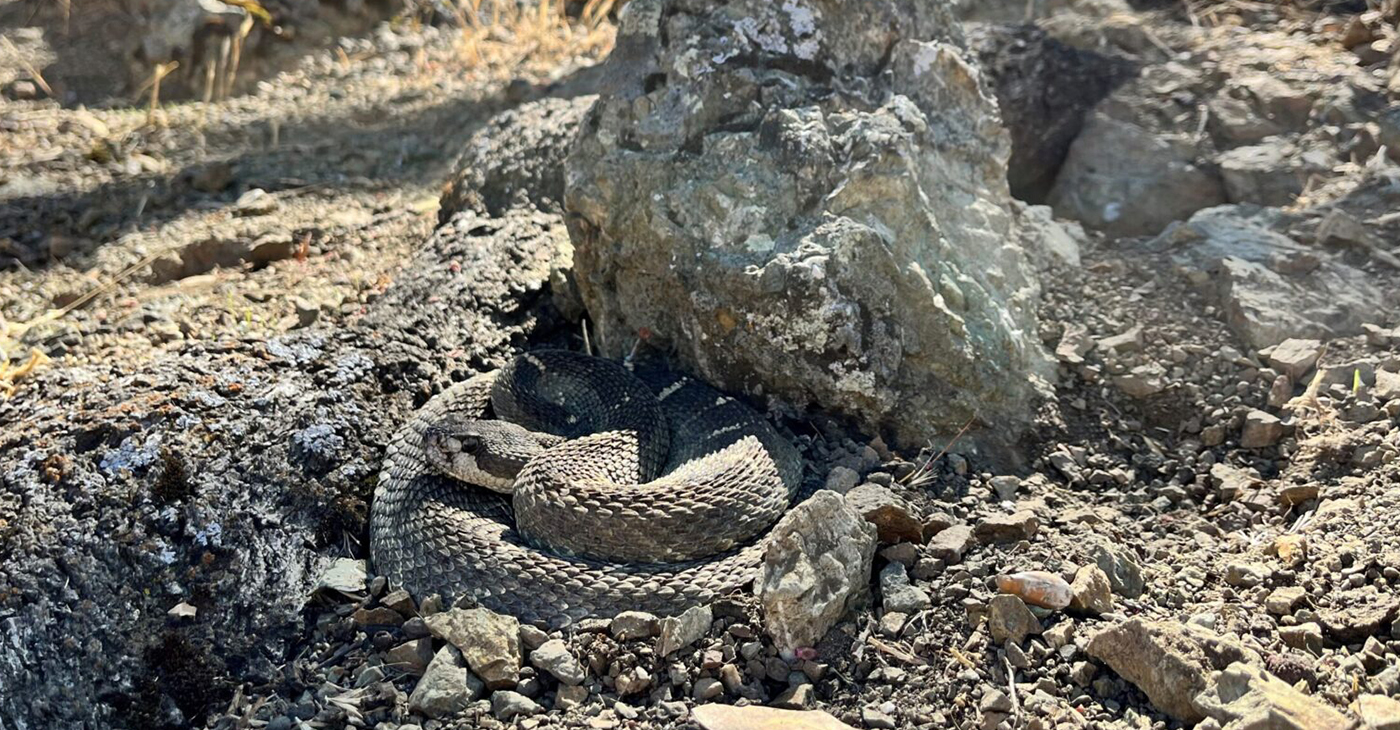
The Richmond Standard
The East Bay Regional Park District released an advisory today on rattlesnakes, which emerge from winter hibernation in early spring and become more active.
Warm weather can bring more potential for rattlesnake encounters with humans and dogs, particularly along trails and roads.
Visitors are encouraged to avoid hiking alone in case of an emergency, to scan the ground ahead as they walk, jog or ride, stay on trails avoiding tall grass, and to look carefully around and under logs and rocks before sitting down. Keep your dog on your leash to be extra safe, park officials said.
If you encounter a rattlesnake, leave it alone – it is unlawful to capture or harm one. Move carefully and slowly away or around it and give it plenty of space, park officials said.
Those who are bitten by a rattlesnake are instructed to stay calm by lying down with the affected limb lower than the heart, then having someone call 911.
Getting medical attention is critical.
Those bitten should not use tourniquets, “sucking,” or snake bite kits. If you are by yourself, walk calmly to the nearest source of help to dial 911, do not run.
If bitten by any other type of snake, wash the wound with soap and water or an antiseptic and seek medical attention.
Not sure what bit you? Check the bite for two puncture marks (in rare cases one) associated with intense, burning pain, which is typical of a rattlesnake bite. Other snakebites can leave marks without associated burning pain.
The Northern Pacific rattlesnake is the species found in East Bay Regional Parks. Snakes are important to the natural environment, helping to control rodents and other reptile populations. But enjoy them from afar.
For more information, download the Park District’s Common Snakes brochure or watch our Gopher Snake or Rattlesnake video to learn how to tell the difference between rattlesnakes and gopher snakes. Additional information is available at ebparks.org/safety/wildlife-encounters.
-

 Community3 weeks ago
Community3 weeks agoFinancial Assistance Bill for Descendants of Enslaved Persons to Help Them Purchase, Own, or Maintain a Home
-

 Business3 weeks ago
Business3 weeks agoV.P. Kamala Harris: Americans With Criminal Records Will Soon Be Eligible for SBA Loans
-

 Activism4 weeks ago
Activism4 weeks agoOakland Post: Week of April 10 – 16, 2024
-

 Community3 weeks ago
Community3 weeks agoAG Bonta Says Oakland School Leaders Should Comply with State Laws to Avoid ‘Disparate Harm’ When Closing or Merging Schools
-

 Activism2 weeks ago
Activism2 weeks agoOakland Post: Week of April 24 – 30, 2024
-

 City Government3 days ago
City Government3 days agoCourt Throws Out Law That Allowed Californians to Build Duplexes, Triplexes and RDUs on Their Properties
-

 Community2 weeks ago
Community2 weeks agoRichmond Nonprofit Helps Ex-Felons Get Back on Their Feet
-

 Community2 weeks ago
Community2 weeks agoOakland WNBA Player to be Inducted Into Hall of Fame




